Popular Baseball Bat Models
See more Popular Baseball Bat Models
Easton ADV 360
381 Available
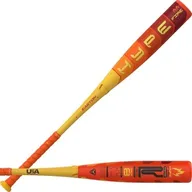
Easton Hype Fire
734 Available
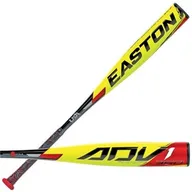
Easton ADV1
33 Available

Easton Ghost X Evolution
37 Available
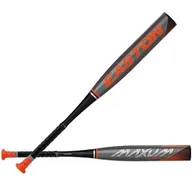
Easton Maxum Ultra
82 Available

Easton ADV 360 Ice
15 Available
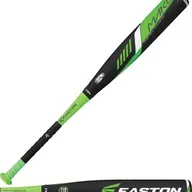
Easton Mako
778 Available

Easton Ghost X Hyperlite
53 Available

Easton Speed
278 Available

Easton Hype Comp
105 Available
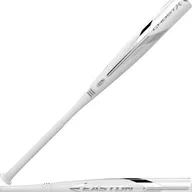
Easton Ghost X
149 Available
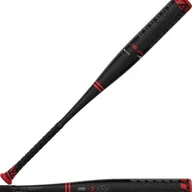
Easton Alpha ALX
257 Available
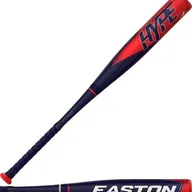
Easton ADV Hype
264 Available

Easton ADV
29 Available
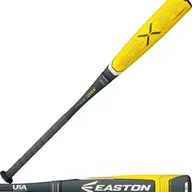
Easton Beast X Hybrid
30 Available

Easton XL3
32 Available
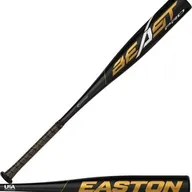
Easton Beast Speed
79 Available
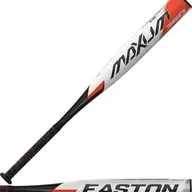
Easton Maxum 360
112 Available
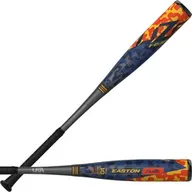
Easton Fuze
124 Available
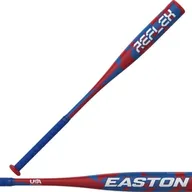
Easton Reflex
69 Available
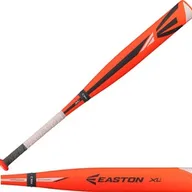
Easton XL1
140 Available

Easton Beast X
153 Available
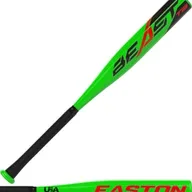
Easton Mako Beast
162 Available
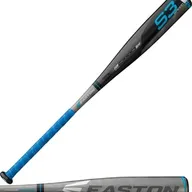
Easton S3
112 Available

Easton Easton Ghost
87 Available
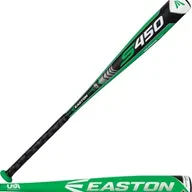
Easton S450
62 Available

Easton MAV1
203 Available
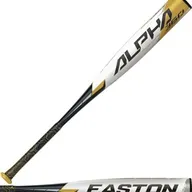
Easton Alpha 360
151 Available
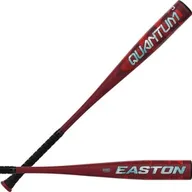
Easton Quantum
122 Available
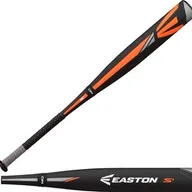
Easton S1
179 Available
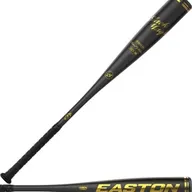
Easton Black Magic
58 Available

Easton S750
64 Available
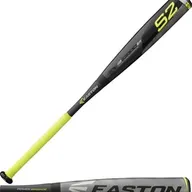
Easton S2
116 Available

Easton Mako Torq
86 Available

Easton S750C
40 Available

Easton S50
69 Available
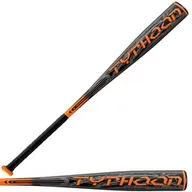
Easton Typhoon
76 Available
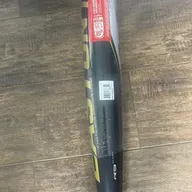
Easton ALX
38 Available

Easton S300
48 Available

Easton XL
58 Available

Easton S250
39 Available

Easton S400
47 Available

Easton S600C
23 Available

Easton Elevate
57 Available
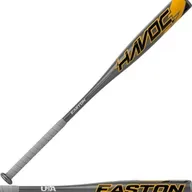
Easton HAVOC
44 Available
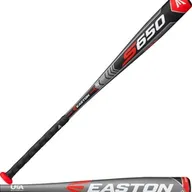
Easton S650
46 Available

Easton Rebel
21 Available
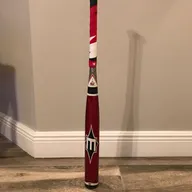
Easton Stealth
34 Available

Easton Omen
29 Available

Easton S200
34 Available
Trending Bat Listings
See more
MMATT152

larrydmartinez7

albert_118
Another Natural 2023 Warstic BBCOR Certified Bonesaber Composite (-3) Composite 30 oz 33" (Used)
$81$9010%
Retail price: $300

813_bats

BatsAndGloves

QuickChange
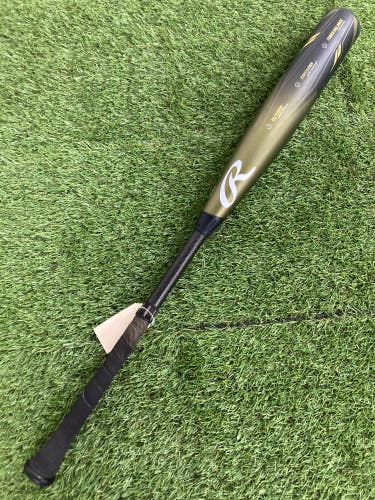
sportsxchange

GreatLakeSports

sportsxchange
Shop by Bat Certification
USSSA Certified Baseball BatsUSSSA CertifiedUSA Certified Baseball BatsUSABat CertifiedBBCOR Certified Baseball BatsBBCOR CertifiedTraining Baseball BatsTraining Bats
1,671 Results
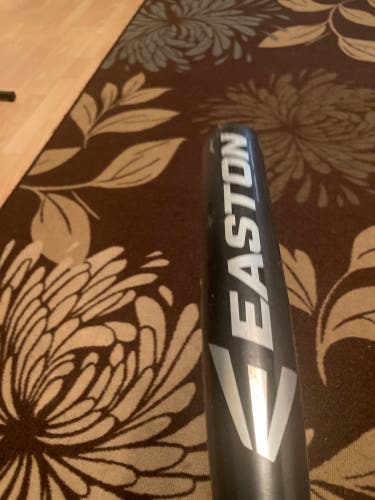
Gear3
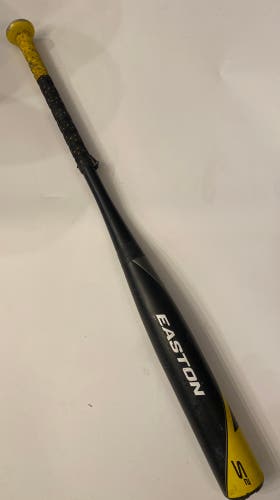
Kale_johnstone
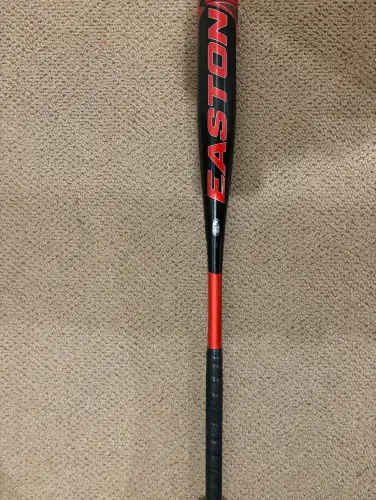
JJack669
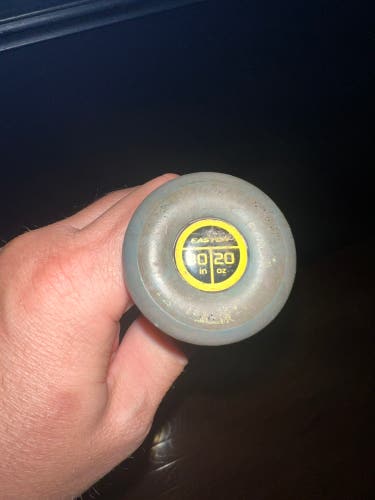
Jasonellsworth
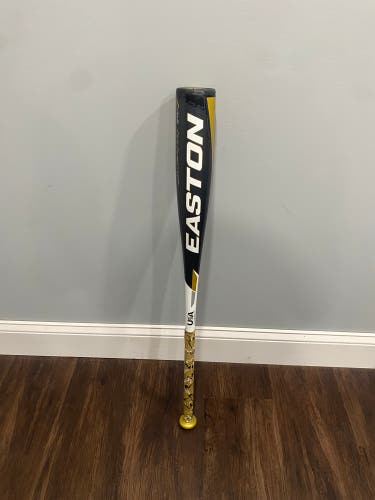
cm_sports
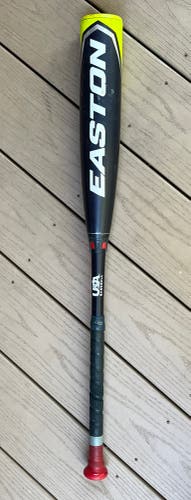
Fish2074
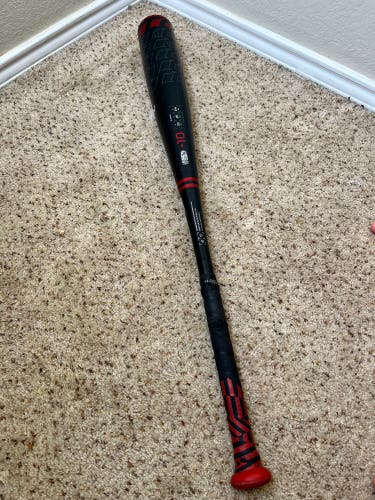
tiff2321
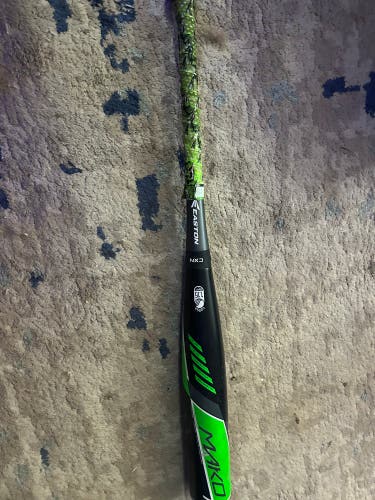
Ragealltheway
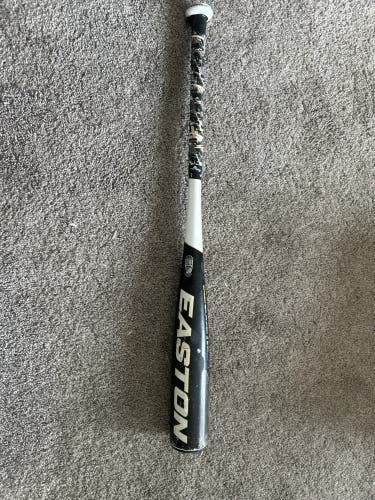
Agabel1214
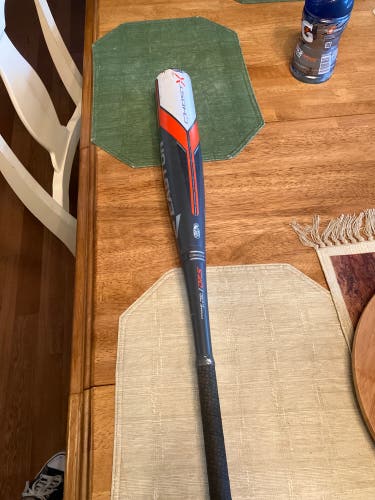
EEvan230
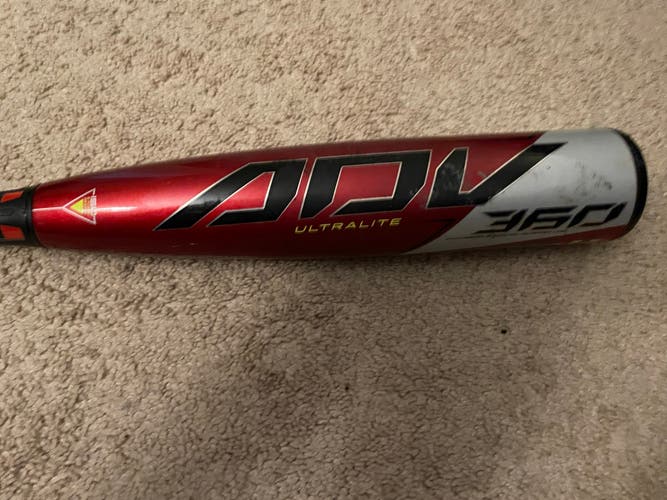
rcastaldi
Easton ADV 360
$145
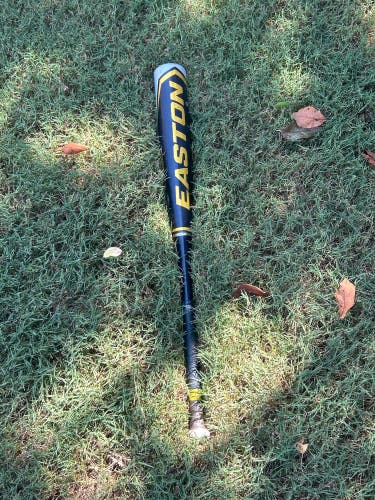
Connerunderwo9
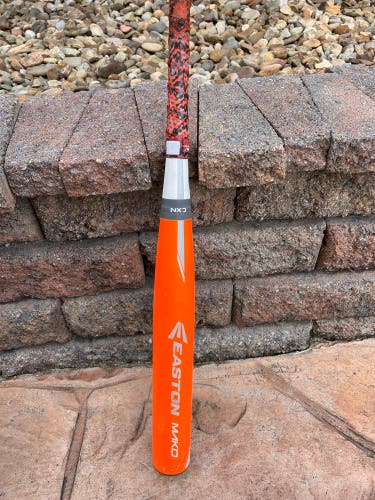
Baseballmom58
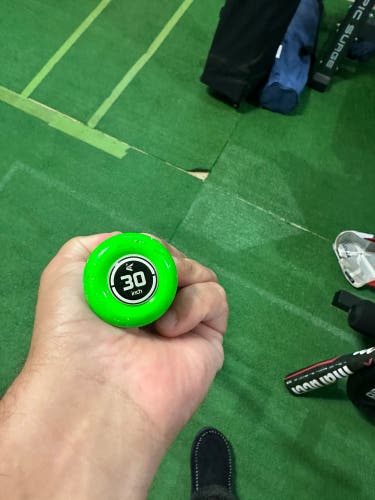
emoriv330
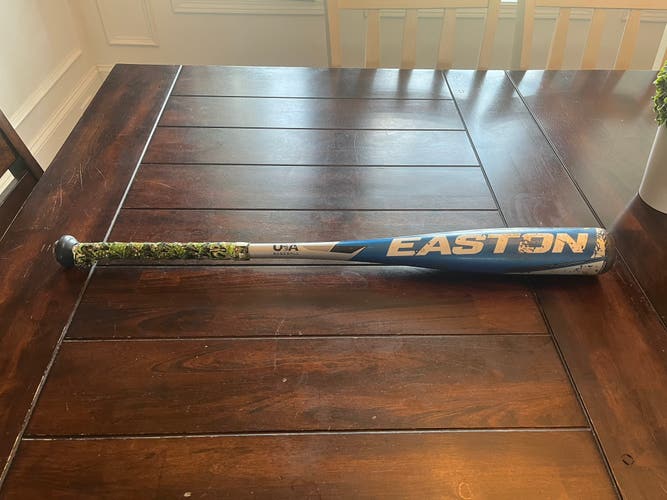
BeastBallers
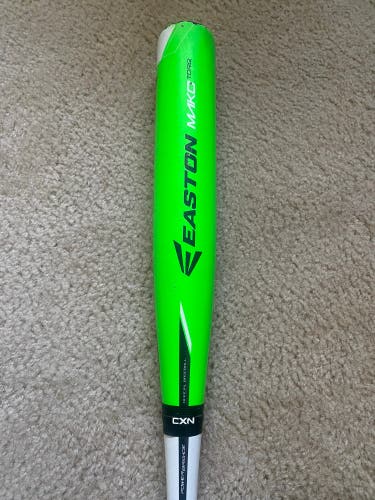
Auggie427
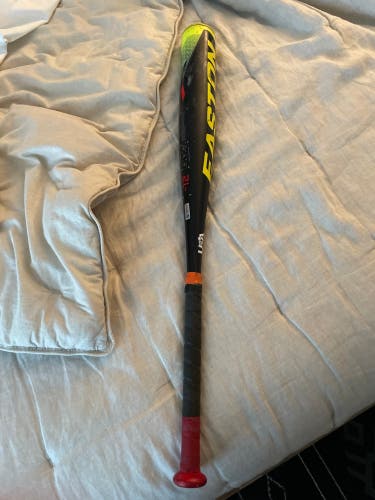
Tyson_23
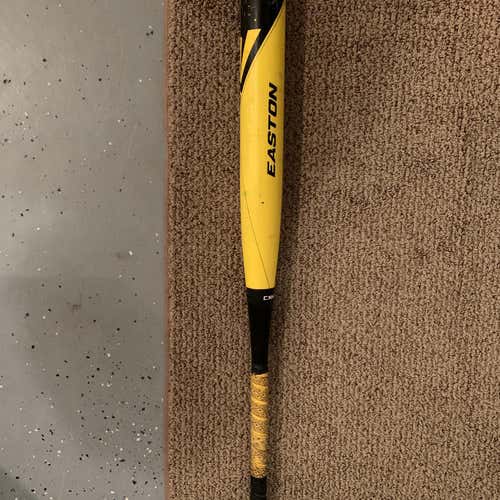
mchughryan
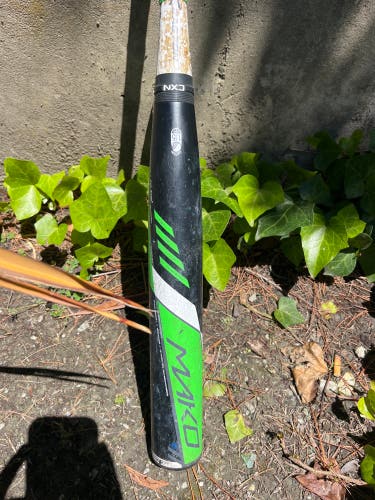
RustyRhino
Easton Mako usssa
$27$3010%

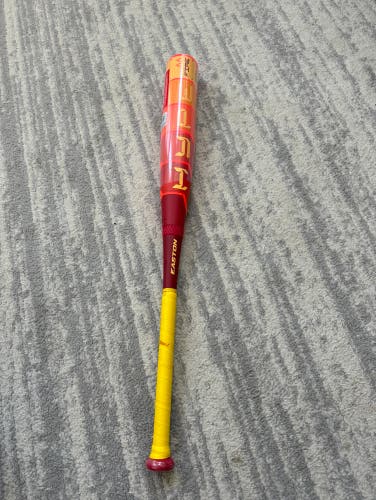
Frankfam
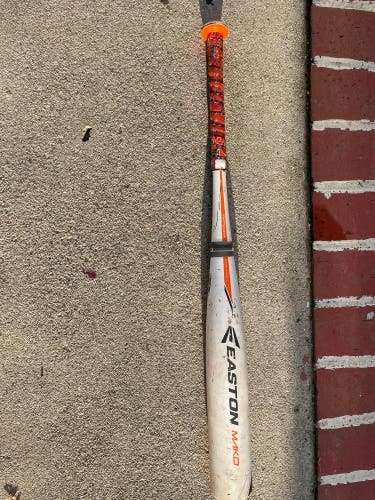
Chino_Huerta24
Easton Mako Bat
$32$7558%

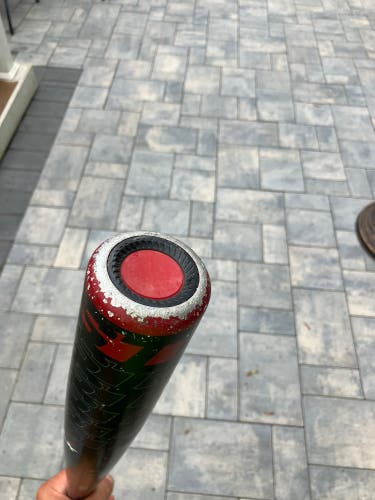
simstar79

Sportsequipment
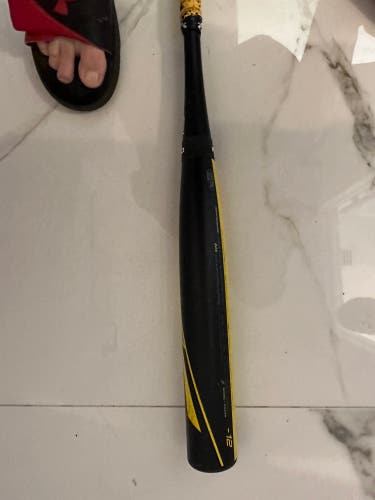
Niets1125
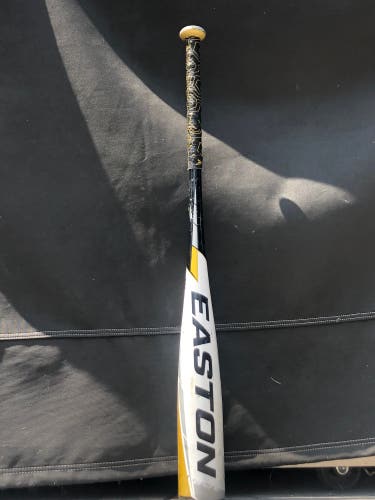
MrCorbino
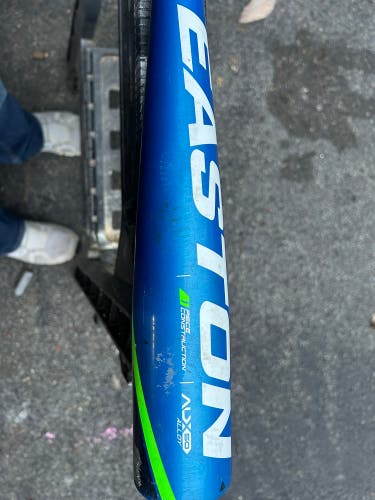
Crzygap
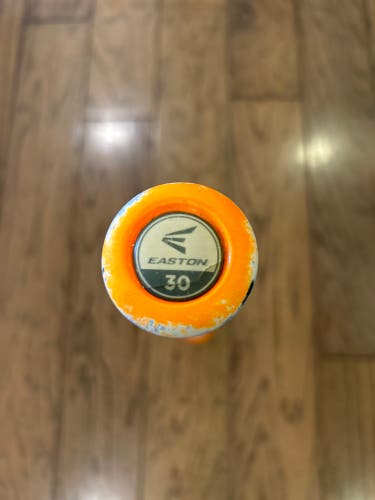
Joshmpate
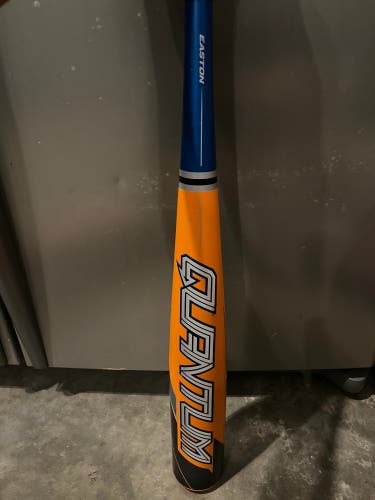
curtisstevens04
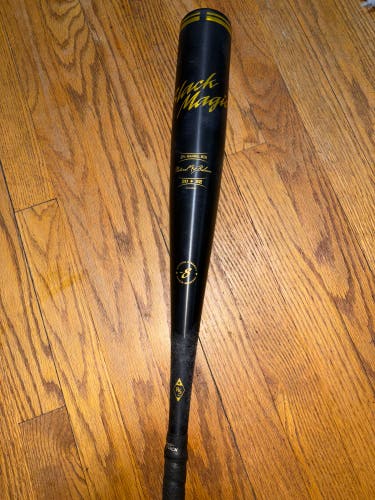
KKevin288

JustinATX
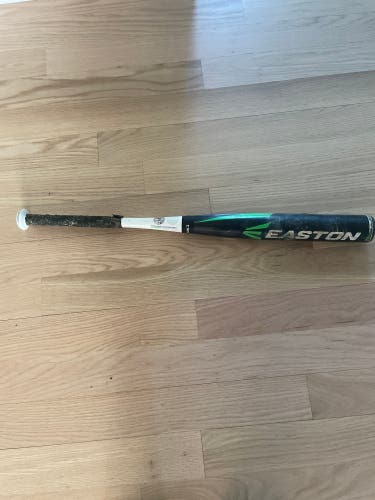
kcicc0418

TristenA
Related Articles
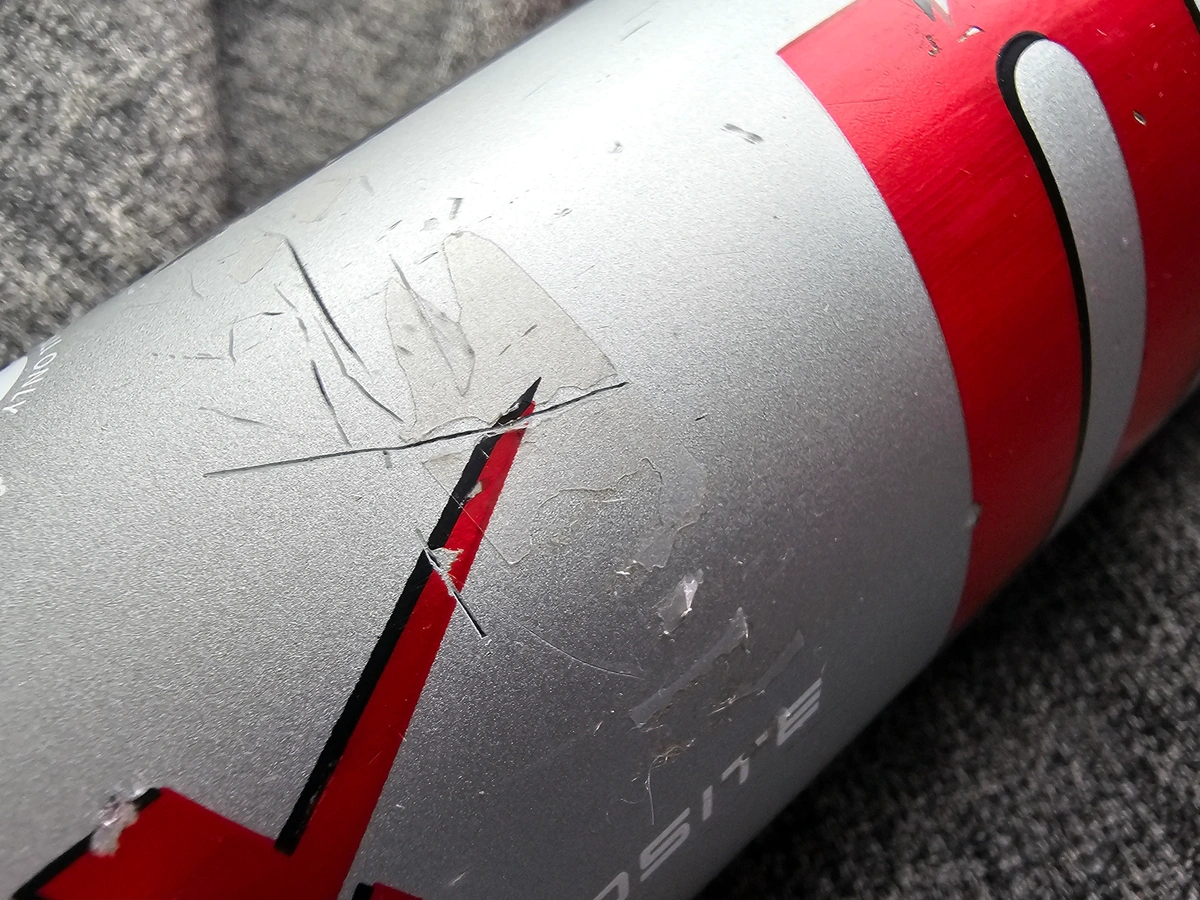
Signs You Need to Replace Your Baseball Bat
A trusty bat, perfectly balanced and broken in, allows you to unleash powerful hits with confidence. But even the most cherished bat can't last forever.
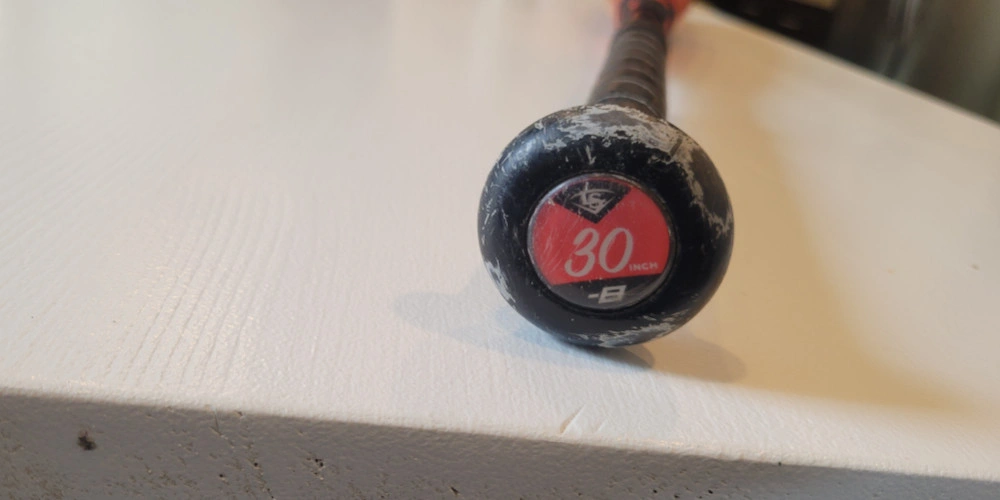
Buying a Used Baseball or Softball Bat
Looking to save big on used bats? Here's a brief checklist that our trade-in team uses to determine whether a used baseball or softball bat is worth buying.
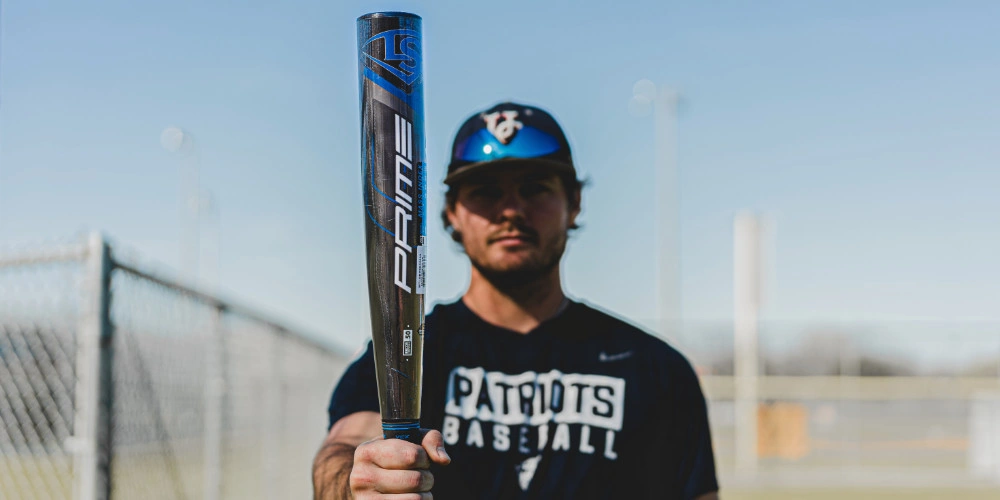
How to Ship A Baseball Bat
If you're looking to sell your bat, we've got a few tips to help you ship them safely.


